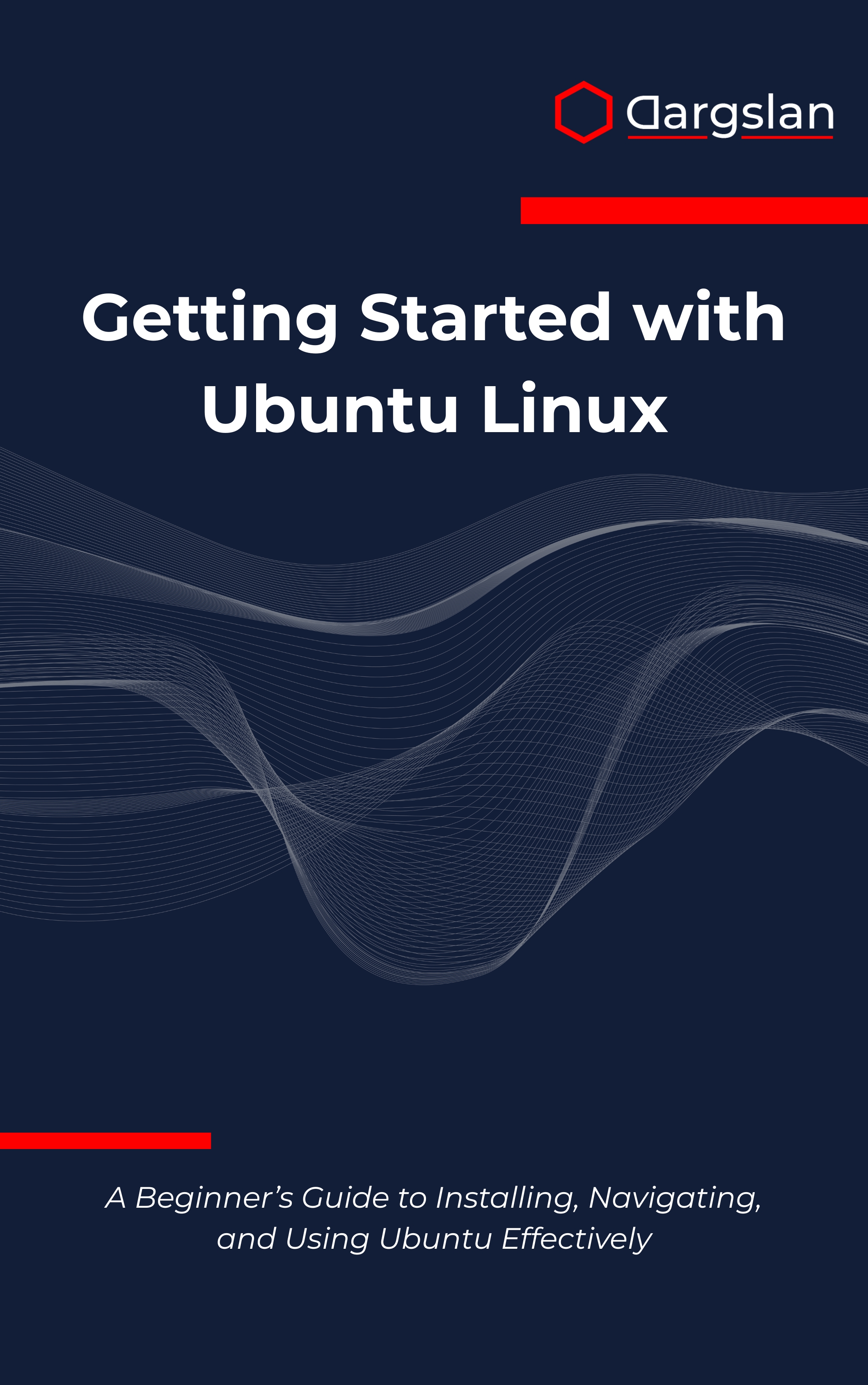Getting Started with Ubuntu Linux
Getting Started with Ubuntu Linux: A Beginner's Guide to Installing, Navigating, and Using Ubuntu Effectively,Learn to install and use Ubuntu Linux confidently with this complete beginner-friendly guide.

Thinking about moving to Linux or making Ubuntu your daily driver? This practical guide gives you a clear path from first install to confident, everyday use—without the overwhelm.
Built for real-world results, it shows you how to get productive fast, explains what matters (and what doesn’t), and equips you with skills you can apply immediately at home, school, or work.
A Beginner’s Guide to Installing, Navigating, and Using Ubuntu Effectively
Overview
Getting Started with Ubuntu Linux is the friendly, structured on-ramp that turns curiosity into confidence. True to its promise—A Beginner’s Guide to Installing, Navigating, and Using Ubuntu Effectively—it covers Linux fundamentals and everyday workflows with an emphasis on clarity, hands-on learning, and repeatable best practices.
You’ll explore Ubuntu installation and setup, desktop environment navigation, terminal and command-line usage, file system management, network configuration, software installation methods, system updates and maintenance, user and permission management, system monitoring tools, cloud integration, essential applications, and troubleshooting techniques through practical examples and short exercises designed for beginners.
Whether you’re seeking an approachable IT book, a step-by-step programming guide, or a concise technical book to level up your skills, this resource meets you where you are and accelerates your progress.
Who This Book Is For
- New Linux users coming from Windows or macOS who want a smooth transition and a fast path to productivity.
- Students, aspiring system administrators, and career-changers aiming to build job-ready skills they can demonstrate immediately.
- Makers, developers, and curious tinkerers eager to unlock the benefits of open source and take control of their computing environment.
Key Lessons and Takeaways
- Confident installation on real hardware or a virtual machine, including partitioning basics, dual-boot considerations, and secure, reliable first-boot configuration.
- Everyday mastery of Ubuntu: intuitive desktop navigation, package management with apt and snaps, software installation methods, updates and backups, user and permission management, and essential network configuration.
- Command-line fluency for productivity and troubleshooting—navigating the file system, manipulating files and directories, using pipes and redirects, reading logs, managing services, and monitoring system performance safely.
Why You’ll Love This Book
This guide is designed to remove friction at every step. You get step-by-step walkthroughs, screenshots and explanations translated into plain English, and a hands-on approach that turns theory into action. Checklists, pro tips, and real troubleshooting paths ensure you can replicate success on your own machine and steadily grow your skills.
Instead of abstract theory, you’ll work through everyday tasks—installing software, securing your system, optimizing performance, and connecting to networks—so you see results right away. The result is a deeper understanding of Ubuntu that you can use confidently in personal, academic, or professional contexts.
How to Get the Most Out of It
- Follow the chapters in order for your first run-through: install Ubuntu, learn the desktop, practice with the terminal, then move into system administration tasks like updates, backups, and user management.
- Apply each concept on a real system: use a virtual machine or spare laptop, keep notes of commands and outcomes, and repeat tasks (like installing software or configuring the firewall) until they feel natural.
- Reinforce learning with mini-projects: create a bootable USB and perform a clean install, set up user accounts with proper permissions, install a web stack or container runtime, configure UFW, schedule updates, and monitor resources with top/htop.
What You’ll Be Able to Do
By the end, you’ll be comfortable setting up Ubuntu from scratch and tailoring it to your workflow. You’ll know how to choose between apt and snaps, manage software repositories, and keep your system updated and secure.
You’ll navigate the file system with ease, use the terminal to automate repetitive tasks, and troubleshoot common issues using logs and built-in tools. You’ll also understand networking basics, from Wi‑Fi troubleshooting to SSH access, and how to integrate cloud resources or a remote server when you’re ready.
Topics Covered at a Glance
- Installation and setup: partitioning, dual-boot, disk encryption, drivers, and first-run configuration.
- Desktop environment navigation: workspace management, keyboard shortcuts, file manager tips, and productivity tweaks.
- Terminal and command-line usage: navigation, permissions, package tools, shell shortcuts, and safe administration habits.
- File system management: understanding directories, ownership, groups, and backups with tools you’ll actually use.
- Network configuration: Wi‑Fi, Ethernet, SSH, and basic diagnostics for reliable connectivity.
- Software installation methods: apt, snaps, PPAs, and when each approach makes sense.
- System updates and maintenance: upgrades, cleanup, backups, and restore strategies that prevent data loss.
- User and permission management: creating accounts, sudo, groups, and file-level security in practice.
- System monitoring tools: top/htop, journal logs, disk and memory checks for performance insight.
- Cloud integration: connecting to VPS instances, remote administration, and syncing workflows safely.
- Essential applications: editors, browsers, development tools, and utilities for everyday productivity.
- Troubleshooting techniques: methodical checklists and diagnostic steps that save hours of guesswork.
Why It Matters Now
Ubuntu remains one of the most accessible ways to enter the Linux ecosystem and develop transferable skills. Whether you’re optimizing an old laptop, preparing for IT certifications, or building a development environment, a clear, practical foundation pays off quickly.
Mastering these essentials also opens the door to servers, containers, automation, and cloud workflows—an advantage in both personal projects and professional growth.
Get Your Copy
Ready to take control of your computing experience and learn Linux the smart way? Start today and build skills you’ll use for years.




